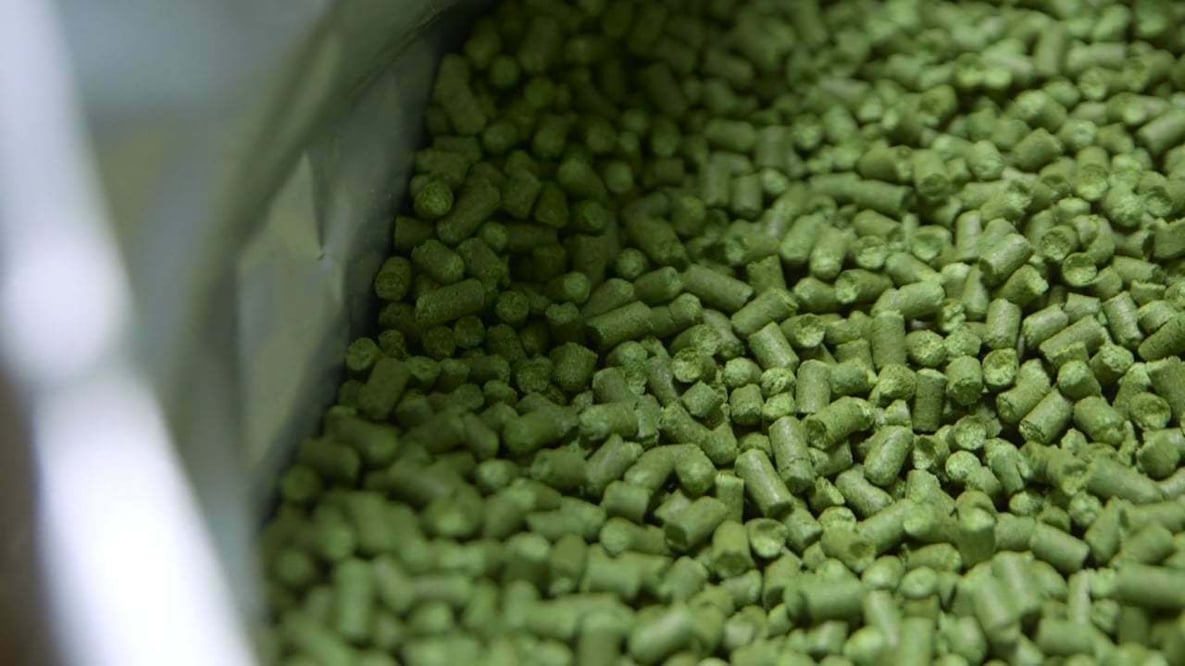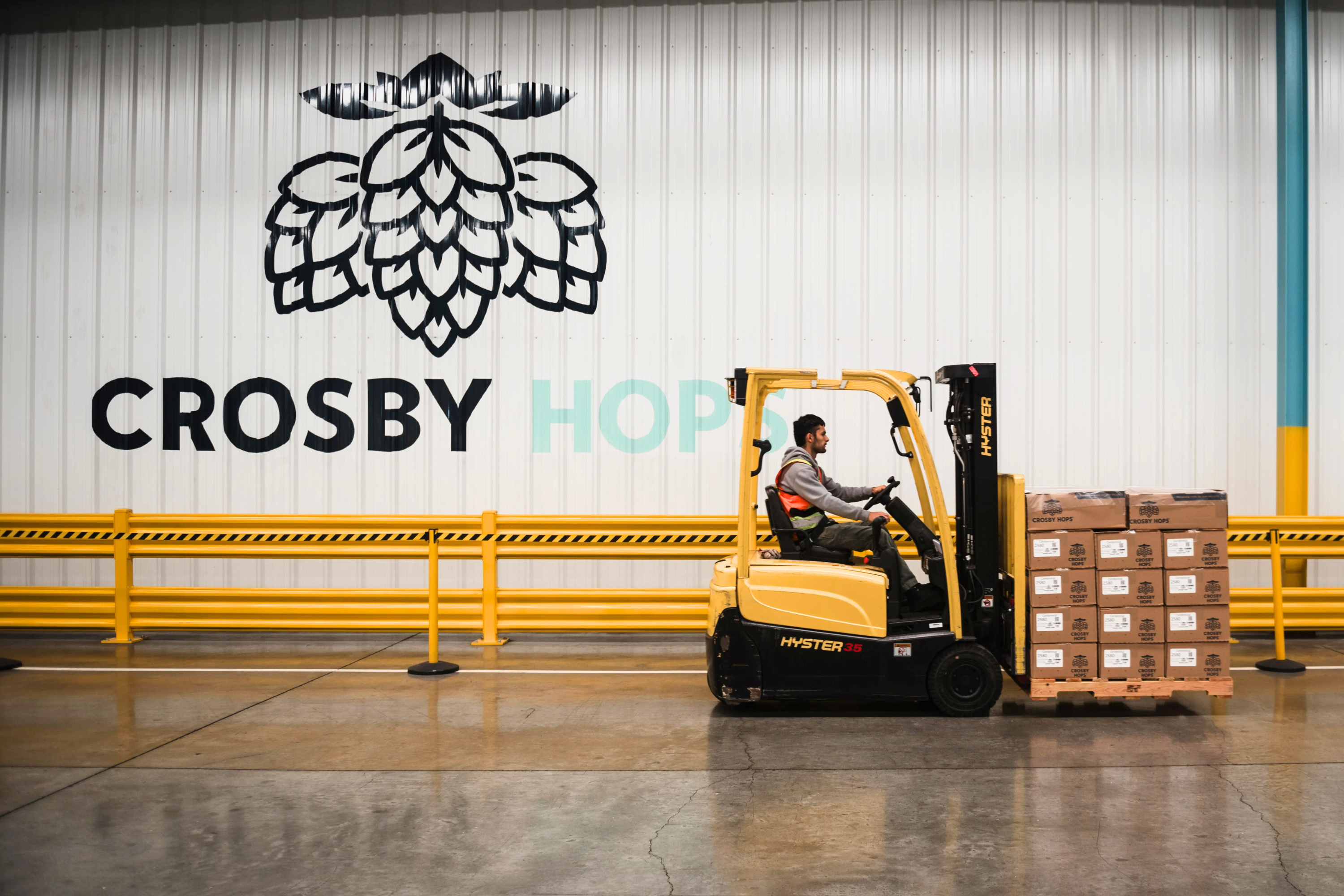On the Cutting Edge of NIR Technology for Hops
 At CHF we believe in data. We want to know the story the data tells, and then use it to expand our CHF story with the utmost integrity. In 2012, we built the first on-farm pellet plant in Oregon, custom-designed for craft-worthy pellets. Brewers took notice of our consistently high quality, softer, whole-hop character pellets, and we committed to building the first on-farm analytical hop lab in Oregon in 2014. We wanted to better understand and quantify what makes our pellets unique. We spent the next three years collecting data in the lab via ASBC methods to determine brewing values and total oil, along with some internally developed methods to assess pellet hardness, particle size, and dissolvability. We tested our hops at every step in the process, from receiving to in-process production sampling through ongoing pellet storability studies. We also analyzed all production data collected in the mill in association with our analytical data, including temperature, density, and die and screen size.
At CHF we believe in data. We want to know the story the data tells, and then use it to expand our CHF story with the utmost integrity. In 2012, we built the first on-farm pellet plant in Oregon, custom-designed for craft-worthy pellets. Brewers took notice of our consistently high quality, softer, whole-hop character pellets, and we committed to building the first on-farm analytical hop lab in Oregon in 2014. We wanted to better understand and quantify what makes our pellets unique. We spent the next three years collecting data in the lab via ASBC methods to determine brewing values and total oil, along with some internally developed methods to assess pellet hardness, particle size, and dissolvability. We tested our hops at every step in the process, from receiving to in-process production sampling through ongoing pellet storability studies. We also analyzed all production data collected in the mill in association with our analytical data, including temperature, density, and die and screen size.
Our relentless quality assurance testing yielded thousands of data points that helped us fine-tune our process and further characterize and communicate what making the highest quality hop products means to us and how we achieve it. Additionally, however, all that testing in the lab added up to a ton of time, energy, and- put frankly- nasty chemicals consumed. Given that we’re just as committed to sustainability and innovation as we are to quality, we wanted to find a better way without sacrificing any of our core values while enhancing our ability to get valuable data in real-time.
We started researching near-infrared (NIR) technology but were initially underwhelmed with what we’d seen of preliminary results in hops. The existing hop data model was unreliable with poor correlation to the primary ASBC methods on which it’s based, so no one in the hop industry was willing to adopt it. However, the super-fast, zero-chemical testing method that yields all the same data that we get in the wet lab was too compelling to pass by. We spoke with our friends at Mad Tree Brewing who had been using an NIR spectrometer from Eurofins for limited beer and hop testing and decided to try out the same machine.
We developed an internal testing method that allows us to maintain the integrity of our ASBC method-based CoAs for all our hop products while utilizing the quick, chemical-free NIR spectrometer for in-process testing in the pellet plant. Our innovative adoption of NIR technology allows us to test every mixing tank blend of hops to establish alpha acid consistency across every lot while also serving as a real-time, gating, and highly sustainable quality control tool. Furthermore, we provided thousands of data points from our parallel tests with the NIR and ASBC methods to Eurofins throughout the 2017 season. In turn, Eurofins used our data to significantly improve their hop model, resulting in an exciting new opportunity for the hop industry to embrace NIR technology.
-Staci Wallace, Quality and Sustainability Consultant













